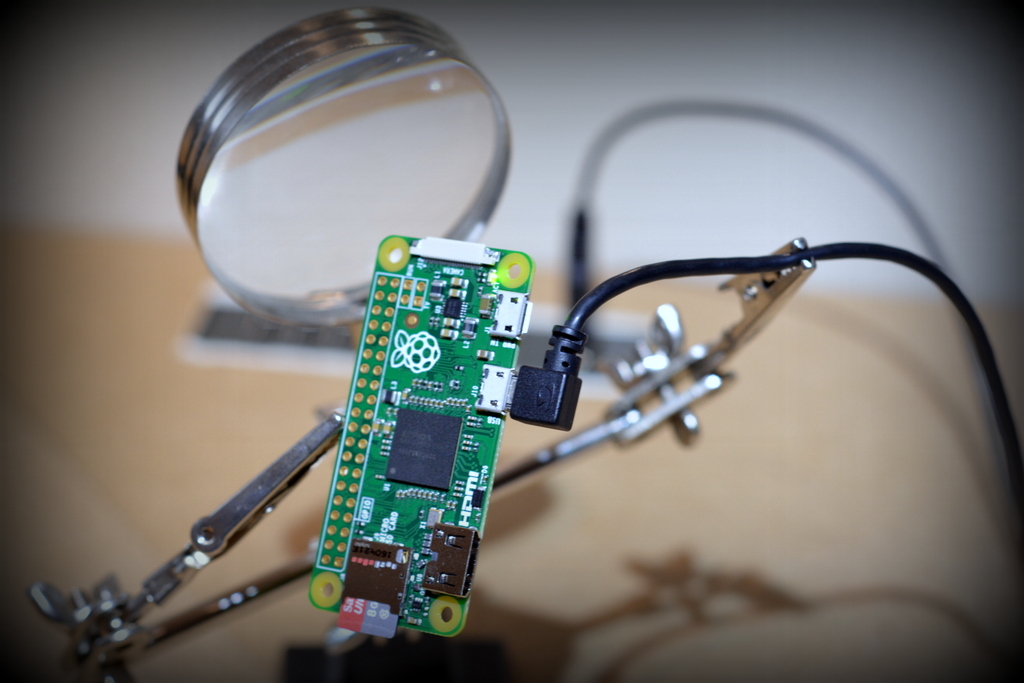Why Your Remote IoT Platform SSH Key Isn't Working On Raspberry Pi: A Comprehensive Guide
Remote IoT platforms are increasingly popular among developers and hobbyists alike, especially when working with devices like Raspberry Pi. However, one common frustration users face is when their SSH key fails to work. If you're encountering this issue, you're not alone, and this article will provide a detailed explanation of why this happens and how to resolve it.
Whether you're managing IoT devices remotely or simply experimenting with Raspberry Pi, SSH (Secure Shell) is a critical tool for secure communication. However, issues like "remote IoT platform SSH key not working Raspberry Pi" can hinder your progress. Understanding the root cause and implementing solutions can help you regain access to your device.
In this article, we'll delve into the specifics of SSH keys, potential reasons why they fail, and step-by-step troubleshooting methods. By the end, you'll have a clear understanding of how to fix this issue and prevent it from happening again.
Read also:Cuties Ilanah Camigoursolas A Deep Dive Into Her World
Table of Contents
- Introduction to SSH Keys and IoT Platforms
- Understanding SSH Keys
- Setting Up SSH on Raspberry Pi
- Common Issues with SSH Keys
- Troubleshooting SSH Key Problems
- SSH Security Best Practices
- Remote Access to IoT Platforms
- Automating SSH Connections
- Keeping Your Raspberry Pi Updated
- Conclusion
Introduction to SSH Keys and IoT Platforms
SSH keys play a crucial role in secure communication between devices, especially in IoT platforms. They provide an encrypted method of authentication, ensuring that only authorized users can access the system. When working with Raspberry Pi, SSH is often the primary method for remote management.
Why SSH is Essential for IoT
IoT devices are often deployed in remote locations, making physical access impractical. SSH allows users to manage these devices securely from anywhere in the world. However, issues like "remote IoT platform SSH key not working Raspberry Pi" can disrupt this process.
Understanding SSH Keys
SSH keys consist of two parts: a private key and a public key. The public key is placed on the server, while the private key remains on the client device. When a connection is initiated, the server uses the public key to verify the client's identity.
Types of SSH Keys
- RSA (Rivest-Shamir-Adleman)
- DSA (Digital Signature Algorithm)
- ECDSA (Elliptic Curve Digital Signature Algorithm)
- Ed25519
Among these, Ed25519 is recommended for its superior security and performance.
Setting Up SSH on Raspberry Pi
Enabling SSH on Raspberry Pi is straightforward. By default, SSH is disabled on newer versions of Raspberry Pi OS for security reasons. To enable it, follow these steps:
Enabling SSH on Raspberry Pi
- Insert the microSD card into your computer.
- Create an empty file named "ssh" (without any extension) in the boot partition.
- Insert the microSD card back into the Raspberry Pi and power it on.
Common Issues with SSH Keys
Several factors can cause SSH keys to stop working. Below are some of the most common issues:
Read also:Fry99net Your Ultimate Online Entertainment Hub
1. Incorrect Key Placement
Ensure that the public key is correctly placed in the authorized_keys file in the ~/.ssh/ directory on the Raspberry Pi.
2. Permission Problems
Incorrect file permissions can prevent SSH from functioning properly. The ~/.ssh/ directory should have 700 permissions, and the authorized_keys file should have 600 permissions.
3. Outdated Software
Using outdated SSH software can lead to compatibility issues. Regularly update your SSH client and server to the latest versions.
Troubleshooting SSH Key Problems
If your SSH key isn't working, here's a step-by-step guide to troubleshoot the issue:
Step 1: Check SSH Service Status
Ensure that the SSH service is running on your Raspberry Pi. Use the following command:
sudo systemctl status ssh
Step 2: Verify Key Placement
Double-check that the public key is correctly placed in the authorized_keys file. Use the following command to verify:
cat ~/.ssh/authorized_keys
Step 3: Test SSH Connection
Attempt to connect to the Raspberry Pi using the SSH client. If the connection fails, review the error message for clues.
SSH Security Best Practices
Securing your SSH connections is vital, especially when managing IoT devices. Here are some best practices:
1. Use Strong Passwords
Ensure that all user accounts have strong, unique passwords. Avoid using default credentials.
2. Disable Password Authentication
Disable password-based authentication and rely solely on SSH keys for added security.
3. Limit User Access
Restrict SSH access to only necessary users by modifying the sshd_config file.
Remote Access to IoT Platforms
Remote access to IoT platforms using SSH is a powerful tool. However, it's important to implement proper security measures to protect your devices from unauthorized access.
Using SSH Tunnels
SSH tunnels can encrypt all communication between your local machine and the IoT platform, ensuring data privacy.
Automating SSH Connections
Automating SSH connections can save time and reduce errors. Tools like Ansible and Fabric can help streamline the process.
Benefits of Automation
- Consistent configuration across multiple devices
- Reduced manual intervention
- Improved efficiency
Keeping Your Raspberry Pi Updated
Regularly updating your Raspberry Pi ensures that you have the latest security patches and improvements. Use the following commands to update your system:
sudo apt update && sudo apt upgrade
Conclusion
In conclusion, resolving the "remote IoT platform SSH key not working Raspberry Pi" issue involves understanding the underlying causes and implementing appropriate solutions. By following the steps outlined in this article, you can ensure secure and reliable SSH connections to your IoT devices.
We encourage you to share your experiences or ask questions in the comments section below. Additionally, consider exploring other articles on our site for more insights into IoT and Raspberry Pi projects. Together, let's build a safer and more connected world!
References:


